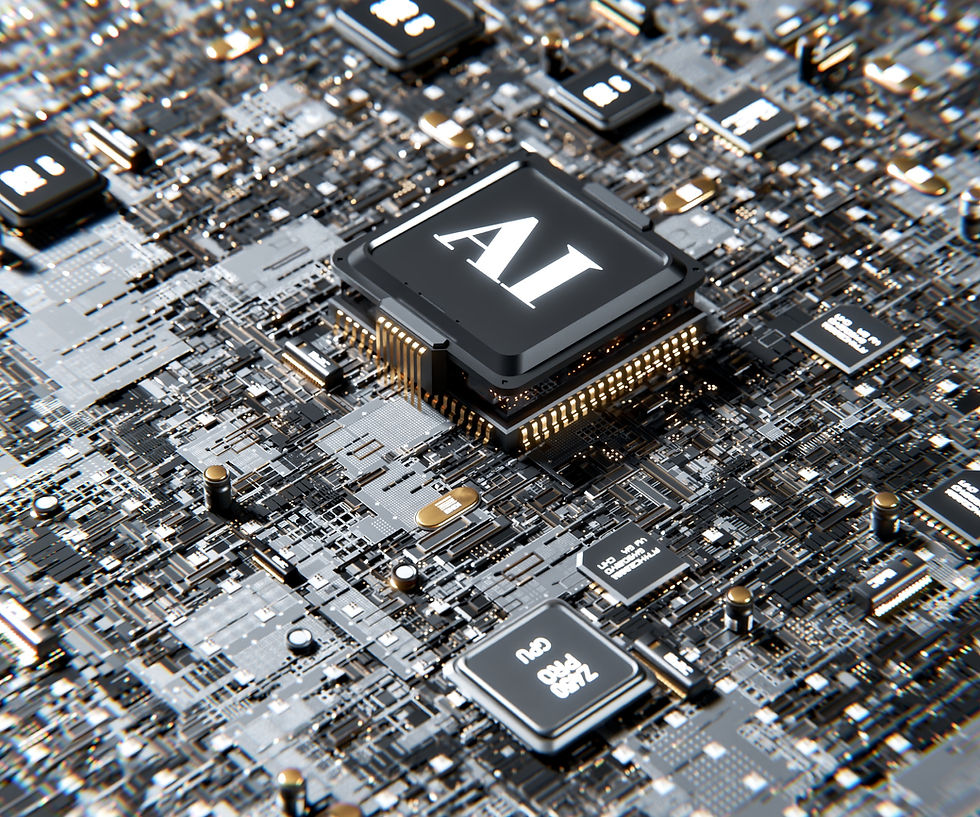Decoding the Mysteries of API Architecture: A Software Designer’s Guide
- Lucas Grant

- Jun 25, 2023
- 4 min read
Updated: Feb 8, 2024
Hello to all the tech enthusiasts out there! As a professional software system designer, I’ve often had clients, colleagues, and junior developers ask me about the intriguing world of Application Programming Interfaces (APIs) and their architecture. So today, I'm going to unravel the mysteries behind SOAP, RESTful, GraphQL, gRPC, WebSocket, and Webhooks, breaking down these complex concepts into easily understandable bytes.

SOAP: The Old Reliable
SOAP, or Simple Object Access Protocol, isn't just your regular bar of soap to cleanse your data. It's a heavyweight messaging protocol for exchanging structured information in web services through XML. It's versatile and works across different protocols - HTTP, SMTP, TCP, UDP, or even a custom transport protocol.
SOAP’s robustness comes from its high extensibility and neutrality, allowing it to operate over almost any protocol. Moreover, SOAP's support for WS* standards ensures comprehensive security and reliable messaging. It's the old reliable in enterprise environments and complex applications like financial services and telecommunications, where security and transactional reliability are of paramount importance.
REST: The Universal Communicator
Moving on to REST, or Representational State Transfer. Unlike SOAP, which is a protocol, REST is an architectural style for creating networked applications. It's like the United Nations of APIs, speaking a universal language that a wide range of clients (browsers, mobile devices, etc.) understand.
REST APIs use HTTP methods like GET, POST, PUT, DELETE, making it intuitive and easy to use. What sets REST apart is its stateless nature, ensuring that each HTTP request from a client to a server must contain all the information needed to understand and process the request. JSON is the preferred data format here, lending REST its lightweight appeal, making it an API darling for modern web and mobile applications.
GraphQL: The Precise Sculptor
Next in our API family is GraphQL, a query language for APIs. Unlike SOAP and REST, it's not a protocol or an architectural style. GraphQL is like a precise sculptor, allowing clients to define the exact data structure they require, and the server obliges by returning precisely the same.
This avoids the problems of over-fetching or under-fetching data, often a pain point in REST. Especially for applications like social networking, where data is complex and interconnected, GraphQL shines by enabling fetching of multiple related resources in one fell swoop.
gRPC: The Polyglot Whizkid
Developed by Google, gRPC or Google Remote Procedure Call, is like the polyglot whizkid in the world of APIs. Using Protocol Buffers (protobuf) as the interface definition language, it allows definition of service methods along with their parameters and return types. Its multilingual support makes gRPC an API maestro for polyglot environments.
Boasting features like load balancing, bidirectional streaming, flow control, and authentication, gRPC stands tall when low latency and high throughput communication is required, typical of microservices architecture.
WebSocket: The Real-time Reporter
WebSocket, a communication protocol, is like the real-time reporter in the API ecosystem. It provides full-duplex communication channels over a single TCP connection, thereby enabling a continuous two-way communication between the client and the server.
Perfect for applications requiring real-time data updates like chat applications, real-time gaming, and live sports updates, WebSocket ensures your data is as live as it gets.
Webhooks: The Eventful Messenger
Finally, we have Webhooks, the eventful messengers of the digital realm. These user-defined HTTP callbacks spring into action on the occurrence of specific events. They work like a postman, delivering event data as an HTTP request to the specified URL once the triggering event takes place. This makes Webhooks a powerful tool for integrating different services with each other, offering an event-driven programming paradigm.
For instance, consider a new customer signing up on your website. This event can trigger a webhook to send the customer data to your email marketing tool to add them to a mailing list. It's like a chain of dominoes, one event setting off a series of actions, helping create more dynamic, responsive, and integrated systems.
The Takeaway: A Cohesive Orchestra
Now, you might ask, "Why do we need so many types of APIs?" It's like asking, "Why do we need so many musical instruments?" Each instrument or API has its strengths, unique sounds, and use-cases. But when combined in an orchestra or a software application, they create a symphony that's greater than the sum of its parts.
SOAP is robust, reliable, and versatile, a fitting choice for applications that require high security and transactional reliability. REST, with its stateless and universal language, is perfect for widespread usage in web and mobile applications. GraphQL shines in scenarios where precise data fetching is required, preventing unnecessary data transfer. gRPC, with its polyglot capabilities and efficient communication, is the linchpin in microservices architecture. WebSocket serves its purpose in real-time data transfer applications, keeping the communication channels open and alive. Finally, Webhooks act as the trigger-happy messengers, keeping our systems integrated and responsive to events.
In the grand design of software systems, it's about choosing the right tool for the job. These API technologies offer a toolbox of options for software designers. The key lies in understanding their unique capabilities, strengths, and weaknesses. And this understanding comes from continuous learning, experimenting, and innovating, ensuring that as software designers, we're always fine-tuning our symphony.
In conclusion, the world of API architecture is vast and deep. But fret not, for every complex concept can be decoded. Hopefully, this blog post has given you a deeper insight into the various API technologies, enabling you to pick the right tool for your next software design adventure. After all, in the realm of software design, the journey is as beautiful as the destination.



Comments